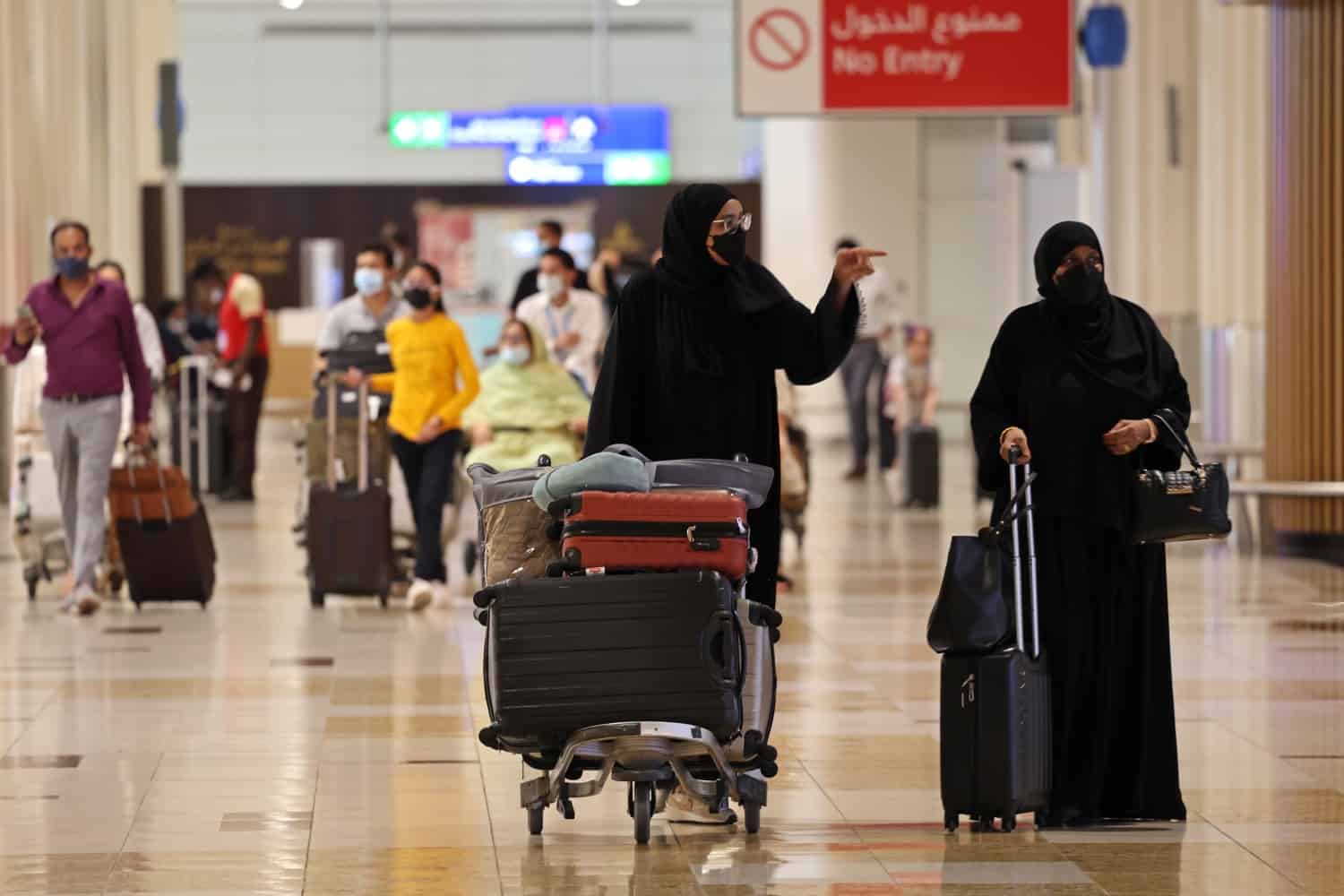Demand for tickets to return to the UAE increased sharply as the end of the summer break drew near and children prepare for going back to school. In contrast, demand for tickets to destinations outside the Emirates rose rapidly in June and July, when costs had grown sharply due to the rising oil prices and worldwide inflation.
Despite projections indicating that the planned aims of Expo 2020 were not realized, travel rates to the UAE soared at the end of the last year 2021 as a result of the events hosted by the government, the most prominent of which is Expo 2020, that attracted tourists from all poles of the world.
Plane Tickets costs
Demand for flights to the Emirates has far outpaced supply, especially among passengers from Arab and European countries. As a result, airfare to Dubai, in particular, has risen between 20 to 40 percent.
However, analysts and airline employees believe ticket costs will decrease and/or return to normal in September once all passengers living in the UAE have returned home.
Given this setting, it’s reasonable to assume that many people will want to travel to the UAE around the middle of October 2022 for vacation or to participate in the upcoming activities.
Recovery
Because of the COVID-19 pandemic, GCC airlines witnessed considerable declines in revenue and profit in 2020 and the first half of 2021. For example, Emirates Airlines lost more than US$ 5 billion at the end of March 2021, compared to a profit above US$ 1 billion the year before.
It should be noted that it was the first year that Emirates Airlines has reported annual losses in almost 30 years, impacted by the travel restrictions during the pandemic.
Emirates Airlines announced in April that its losses decreased significantly with the increased travel demand. The statement released by the company recorded in the 2021-2022 fiscal year ending on March 31, “US$ 1 billion, compared to losses of US$ 5.5 billion in the previous fiscal year.
The group also stated that it had received US $954 million from Dubai’s government in 2022 to help it overcome the crisis.
Over the course of the fiscal year, Emirates transported 19.6 million passengers, up from 6.6 million in the prior year’s corresponding period. Additionally, during the fiscal year, the corporation received the final five brand-new A380s it had ordered, and spent US$2.2 billion on aircraft purchases and construction of new facilities.
Challenges
Most airlines worldwide face complex challenges in their capabilities due to the geopolitical conflict between Russia and Ukraine and the climate challenge represented by carbon emissions.
At the same time, during the past three years, some travelers have suffered as a result of canceling flights due to the lack of pilots or cabin crew and having to wait for several hours at some European airports that lack ground workers and customs officers.
And the companies warn of the risk of costing passengers a large part of the bill to cut carbon emissions, as making planes “cleaner” and more sustainable fuels require an investment of billions of dollars over 30 years.
IATA expects profitability in 2023
The International Air Transport Association (IATA) expects to reduce losses this year and return profitability in 2023. However, the report released by IATA in June mentioned that the estimated losses of the aviation sector this year amount to US$ 9.7 billion.
Moreover, more than 1,200 aircraft are expected to be delivered in 2022, while cargo volume is estimated to reach a record 68.4 million tons despite economic challenges. At the same time, the proportion of travelers might return to 83 percent of pre-pandemic levels.

